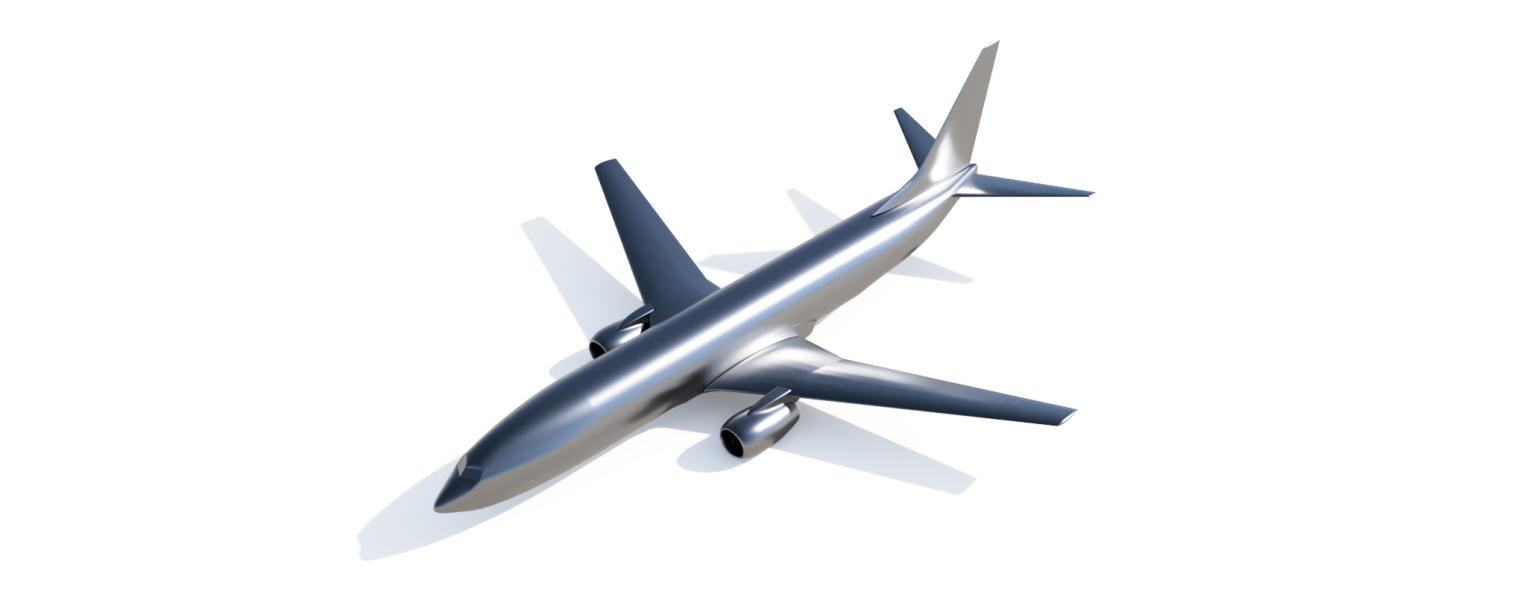▲ Figure 1 – 737-800 I personally modelled in Fusion 360
Introduction
Ever since I was little, I have had a strange obsession over commercial airplanes… Ask anyone close to me; they’ll tell you! As much I love engineering, I’ve always wanted to be a pilot (and I still do). I love to spend hours flying planes virtually on flight simulator planning and flying real routes following real checklists. Since January 2020, I’ve logged 460 hours of flying time. But I’m pretty sure I have flown thousands of hours virtually since I started this hobby back in 2008.
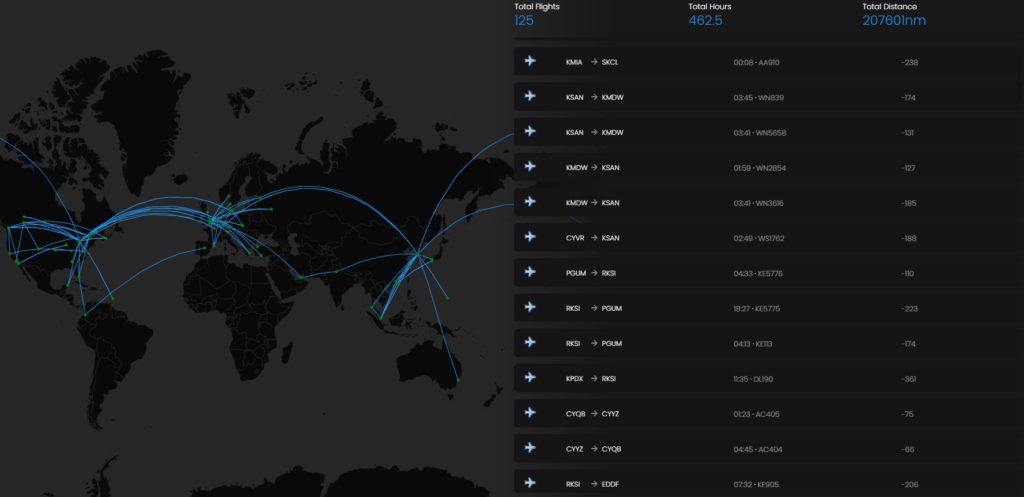
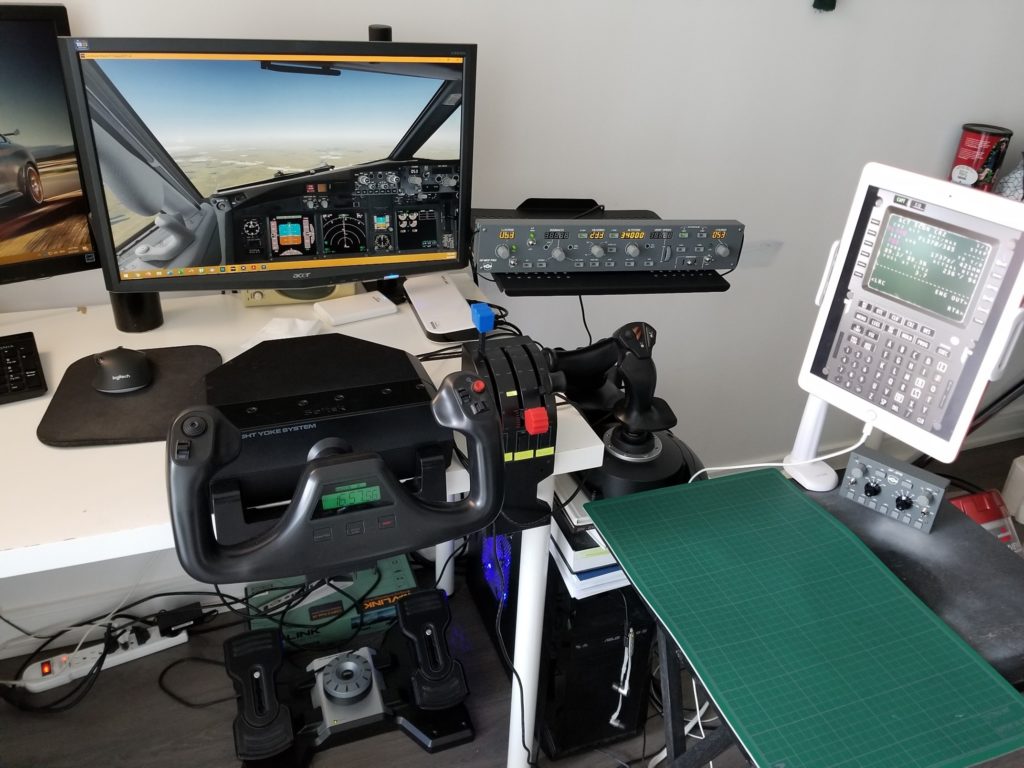
I personally like the Boeing 7-series airliners, such as the 737, 747, and 777. “One day I will fly one of these aircrafts in real life”, I said to myself at first. And I’m pretty sure I will. But then I thought to myself, “Why wait?”. That’s when I decided to pursue this project of building my own airliner modelled after the Boeing 737 from scratch, albeit smaller of course. A project that combines my passion for airplanes and engineering. At 2 meters in length and around 1.8 meters in wingspan, it might be able to carry… small rodents? To make sure it is as light as possible, I decided to use carbon fiber and fiberglass for the entire exterior of the plane.
Designing & CAD Modeling
To CAD model the airplane, I used Autodesk Fusion 360 because it has many of the features available in higher end CAD programs, such as SolidWorks, and most importantly can easily produce and convert toolpaths for my mini CNC milling machine to create various structural components (i.e. ribs, spars, and landing gear platforms) out of Birchwood plywood. I used the front, side, and top view drawings of a 737-800 (Figures 3 to 5) as my canvases.



By using various CAD modeling tools and techniques, such as extrude, loft, and surface modeling, I was able to create the main body fuselage and wing box (Figure 6), the nose (Figure 7), the wings (Figure 8), the empennage (Figure 9), and the engine nacelles (Figure 10).
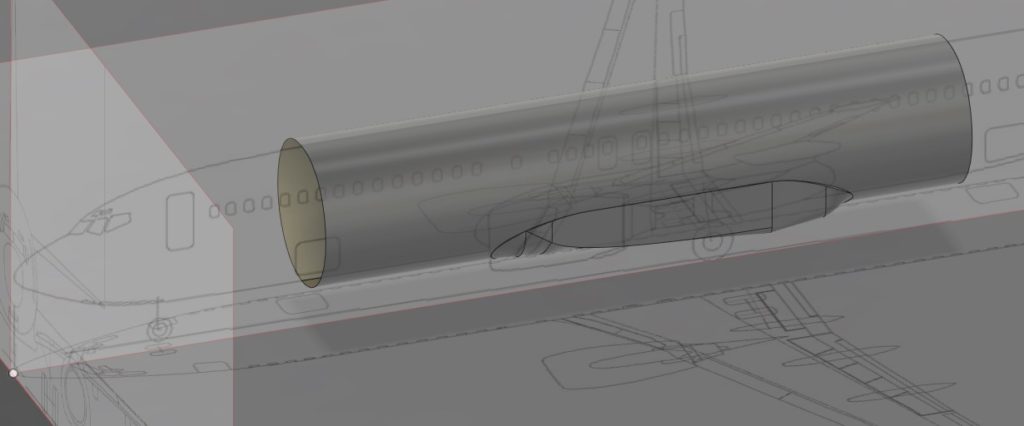
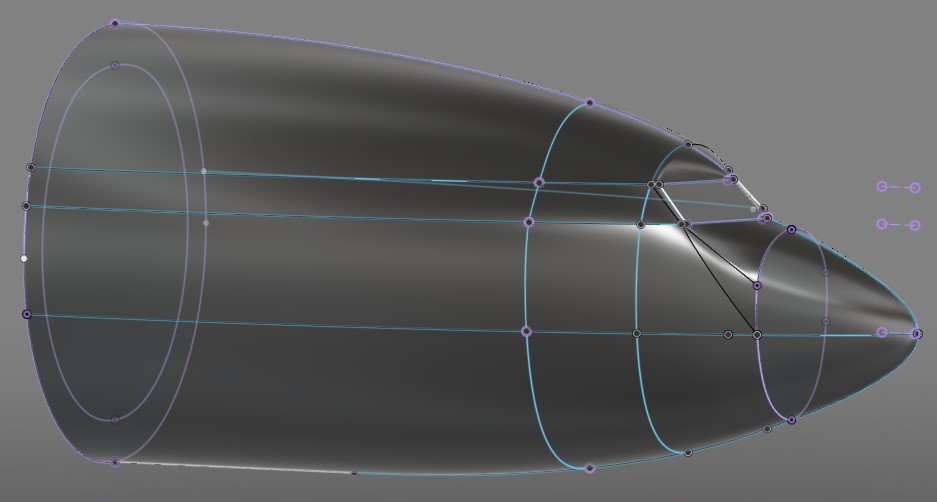

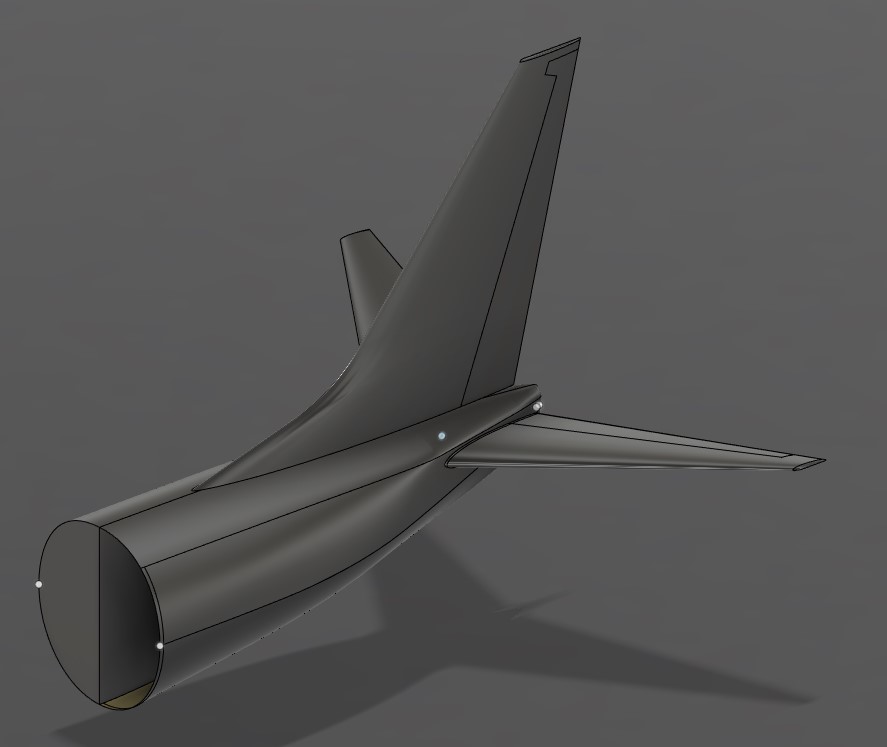

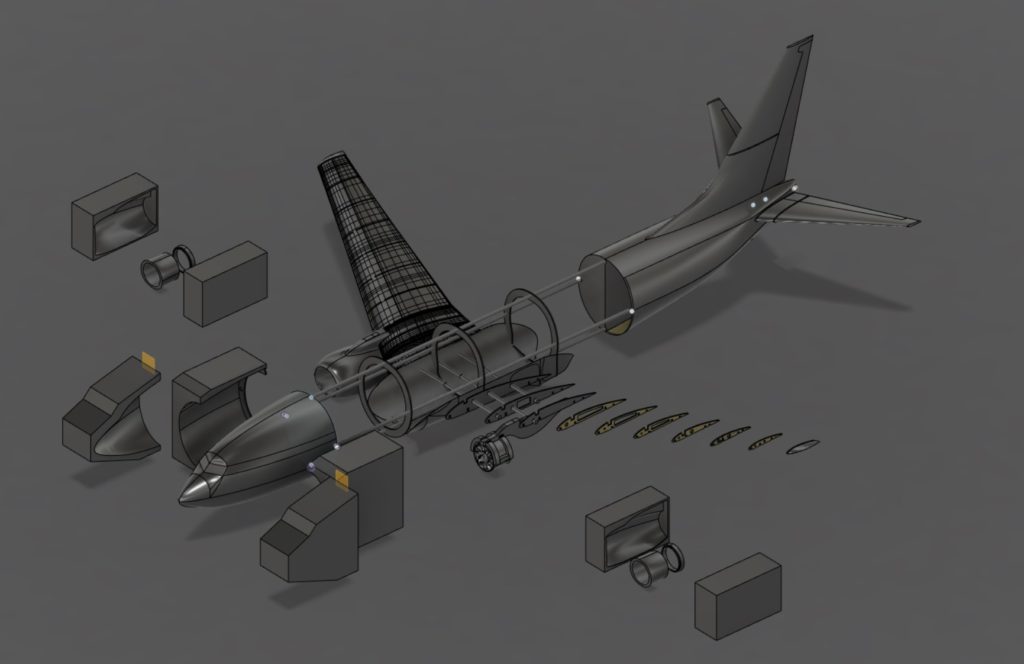
Wing Airfoil Design
The wing was one of the most challenging parts to design as I had to not only select airfoils that can provide good lift and predictable characteristics, but also mimic the original design of the 737 wing as closely as possible AND provide enough room for landing gears, servos for flaps and ailerons, ribs, spars, and wires.
At first, I used the real airfoils used in the 737 for the wings (Figure 12). All the airfoils described in this post were obtained from airfoiltools.com.

However, after studying the polar plot charts of lift coefficient for these and other airfoils, I realized that I wasn’t going to get the lift characteristics I was aiming for at the speed and pitch the plane was intended to fly at using the real airfoils. A polar plot chart of lift coefficient is a chart that plots the lift force per unit span of a wing against the angle of attack (the angle between the chord line of the airfoil and the direction of oncoming air). Figure 13 shows the polar plot charts for the real 737 airfoils. Figure 14 shows the polar plot chart for an airfoil called CLARK Y (Figure 15), which is a commonly used airfoil in RC model aircrafts.

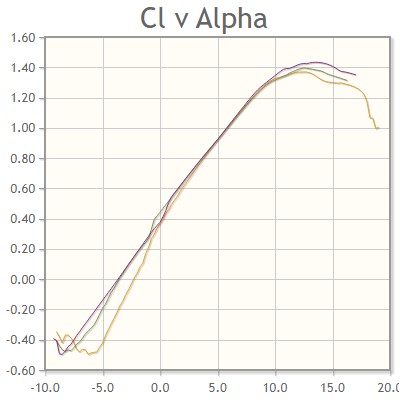

The three lines on each plot represent the relationship between the lift coefficient and the angle of attack at three different Reynolds number. The Reynolds number is a dimensionless value that measures the ratio of inertial forces to viscous forces and describes the degree of laminar or turbulent flow. The equation is shown in Figure 16. Assuming the plane flies through 20 degrees Celsius air with a velocity between 10 m/s and 30 m/s, that gives us a Reynolds number range of 100,000 to 500,000. The brown, green, and purple lines represent Reynolds number of 100,000, 200,000, and 500,000, respectively.
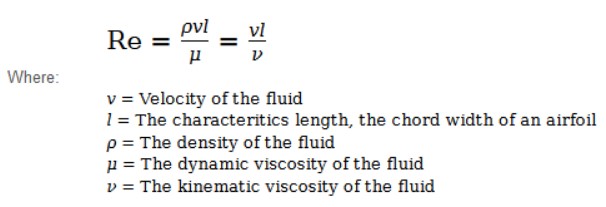
At a 0 degree angle of attack, the real 737 airfoils generate around 0.10 to 0.20 lift force per unit span of the wing, whilst the CLARK Y airfoil generates around 0.40 lift force. This means that wings that use the CLARK Y airfoil produces more lift than the real 737 airfoils, which is crucial to ensure the RC plane can takeoff and remain airborne at a lower and sustainable pitch. Moreover, the lift coefficient for the CLARK Y airfoil drops off at an angle of attack similar to that of the real 737 airfoils. This means the CLARK Y airfoil has similar gentle stall characteristics of a real 737.
Feeling confident with the CLARK Y airfoil, I proceeded to use this airfoil to redesign the wing and the wing box. But it was not long before I realized this airfoil was too thin to house the landing gear… Back to the drawing board! After searching through countless airfoils, I found one that I could use as the root airfoil that provides enough room for the landing gear and servos: NACA 16-015 (Figure 17).

Although this design provides the necessary internal space, the polar plot chart of lift coefficient is… far from ideal. As shown in Figure 18, the lift coefficient is zero when the angle of attack is zero. And at lower speeds, the lift coefficient drop-off occurs much sooner than all the other airfoils…
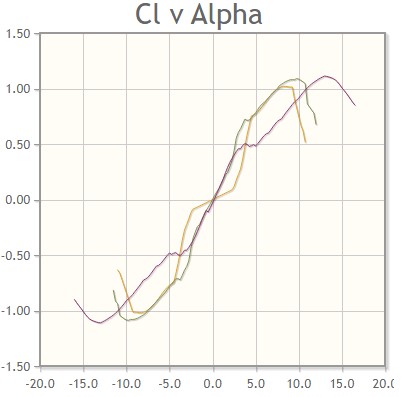
To counter the poorer lift performance, I pitched the airfoil up by around 2 degrees to provide more lift at lower overall airplane pitch. Since this airfoil is used only near the wing root and the rest of the wing uses the CLARK Y airfoil, I am confident-ish that this will still work… I guess there’s only one way to find out; let’s try it!

